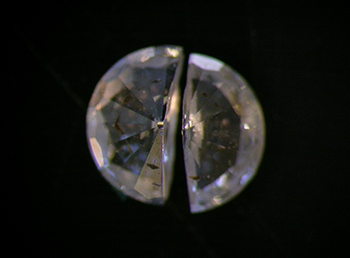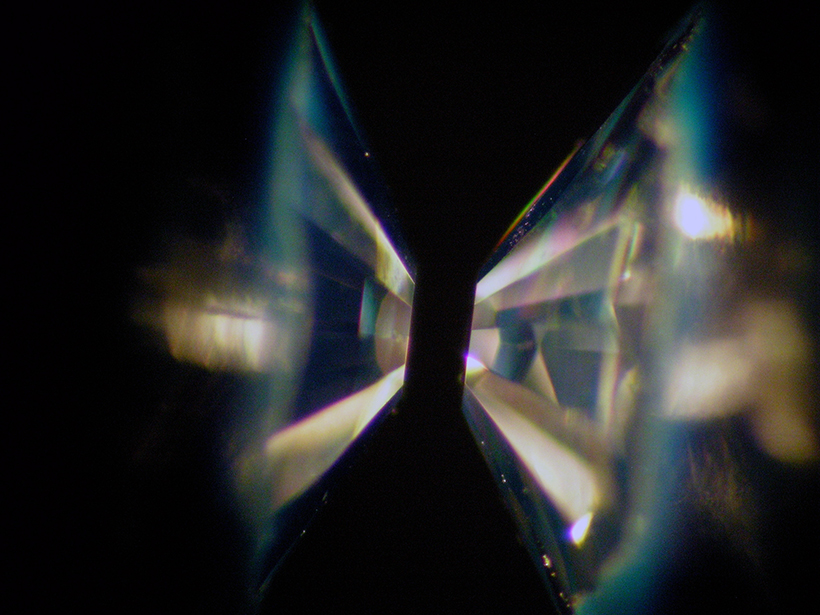Source: Journal of Geophysical Research: Planets
Recent astronomical observations indicate that certain stars with high carbon-to-oxygen ratios may host “carbon planets” that would be composed primarily of carbides rather than silicates. Carbon planets do not exist in our solar system. Instead, about 70%–90% of the crust and mantle in rocky planets in the solar system, such as Venus, Earth, and Mars, are made up of silicates.
Planets contain heat in their interiors due to the radioactive decay of some elements and the heat stored from accretion and differentiation. There are largely two competing mechanisms that cool a planet over time: convection and conduction. The lower thermal conductivity and higher thermal expansivity of silicates in Earth’s mantle make convection the dominant cooling mechanism. But carbides have higher conductivity and lower thermal expansivity than silicates, so a carbide mantle could have a stronger conductive component.
To explore the implications of these distinct material properties on carbon planets’ inner dynamics, Nisr et al. performed a series of laboratory experiments to determine the characteristics of silicon carbide (SiC), the material believed to be the most plentiful in these planets’ interiors. Using a laser-heated diamond anvil, the team measured the relationship between pressure, temperature, and volume of two crystalline forms of silicon carbide at pressures up to 80 gigapascals and temperatures up to 2200 K.

The researchers found no evidence of dissociation of silicon carbide to silicon metal and diamond within that range of pressure and temperature conditions. This finding suggests that silicon carbide should be stable in the mantles of Earth-sized carbon planets. They also found that the thermal expansivity of silicon carbide is much less sensitive to changes in pressure than previously thought—even less sensitive than key silicate minerals such as bridgmanite, a mineral most prevalent in Earth’s lower mantle. As pressure increases, the thermal expansivity of bridgmanite decreases rapidly. However, in the same conditions, the thermal expansivity of silicon carbide decreases little or not at all. Consequently, the buoyancy of carbide becomes similar or more sensitive to temperature variations in the deep carbide mantle than bridgmanite does in the deep silicate mantle.
The researchers suggest carbide planets may indeed experience more conductive cooling than Earth at shallower depths. However, thanks to the thermal expansivity of silicon carbide at high pressures, convection that takes place becomes at least as vigorous or more so in the deep interiors of carbon planets compared with comparably sized silicate planets.
Because additional elements that could alter the mineralogy of carbon planets may also be present, the authors propose that future laboratory experiments that seek to understand carbon planets should focus on the phase relations of carbide compounds in systems that also include magnesium and iron. (Journal of Geophysical Research: Planets, https://doi.org/10.1002/2016JE005158, 2017)
—Terri Cook, Freelance Writer
Citation:
Cook, T. (2017), Lab tests probe carbon planets’ inner dynamics, Eos, 98, https://doi.org/10.1029/2017EO075145. Published on 15 June 2017.
Text © 2017. The authors. CC BY-NC-ND 3.0
Except where otherwise noted, images are subject to copyright. Any reuse without express permission from the copyright owner is prohibited.

